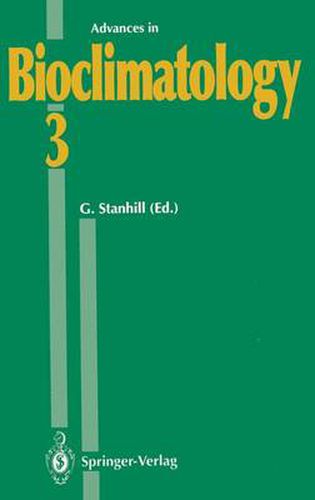Readings Newsletter
Become a Readings Member to make your shopping experience even easier.
Sign in or sign up for free!
You’re not far away from qualifying for FREE standard shipping within Australia
You’ve qualified for FREE standard shipping within Australia
The cart is loading…






This title is printed to order. This book may have been self-published. If so, we cannot guarantee the quality of the content. In the main most books will have gone through the editing process however some may not. We therefore suggest that you be aware of this before ordering this book. If in doubt check either the author or publisher’s details as we are unable to accept any returns unless they are faulty. Please contact us if you have any questions.
r————-{ Environment (Disease) Fig. 1. A schematic presentation of the interplay between the external environment, pathogen and animal, which influences resistance to infectious disease. Disturbance in equilibrium results in infection and disease skin and the mucous membranes of the respiratory tract. These tissues are in contact with the environment, and direct injury to them facilitate entry of pathogenic microorganisms through these important natural barriers. Sunburn and frostbite are examples of such adverse effects. Climatic factors such as heat and cold may also act as physiological stress factors which affect the specific and non-specific responses of the body to infection. 1.1.2 Pathogen Survival Climatic factors may affect dispersal, spread and survival of pathogenic micro organisms in the environment. This is also true for arthropod vectors such as mosquitos and ticks (Smith 1970; Ferguson and Branagan 1972). The density of the animal population is an important factor determining the concentration of patho gens in the environment. Population density can be influenced by weather condi tions, as animals respond to heat and cold by typical changes in behaviour. For example, in cold weather they tend to huddle together. This behaviour results in increased population density, which in turn involves an increased risk of the spread of airborne infections.
$9.00 standard shipping within Australia
FREE standard shipping within Australia for orders over $100.00
Express & International shipping calculated at checkout
This title is printed to order. This book may have been self-published. If so, we cannot guarantee the quality of the content. In the main most books will have gone through the editing process however some may not. We therefore suggest that you be aware of this before ordering this book. If in doubt check either the author or publisher’s details as we are unable to accept any returns unless they are faulty. Please contact us if you have any questions.
r————-{ Environment (Disease) Fig. 1. A schematic presentation of the interplay between the external environment, pathogen and animal, which influences resistance to infectious disease. Disturbance in equilibrium results in infection and disease skin and the mucous membranes of the respiratory tract. These tissues are in contact with the environment, and direct injury to them facilitate entry of pathogenic microorganisms through these important natural barriers. Sunburn and frostbite are examples of such adverse effects. Climatic factors such as heat and cold may also act as physiological stress factors which affect the specific and non-specific responses of the body to infection. 1.1.2 Pathogen Survival Climatic factors may affect dispersal, spread and survival of pathogenic micro organisms in the environment. This is also true for arthropod vectors such as mosquitos and ticks (Smith 1970; Ferguson and Branagan 1972). The density of the animal population is an important factor determining the concentration of patho gens in the environment. Population density can be influenced by weather condi tions, as animals respond to heat and cold by typical changes in behaviour. For example, in cold weather they tend to huddle together. This behaviour results in increased population density, which in turn involves an increased risk of the spread of airborne infections.